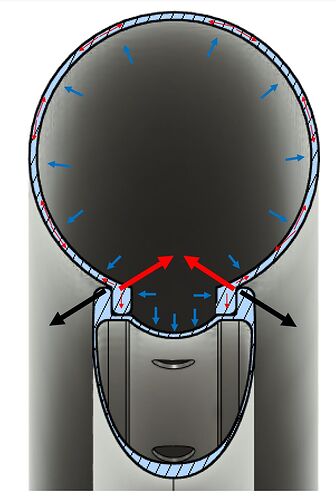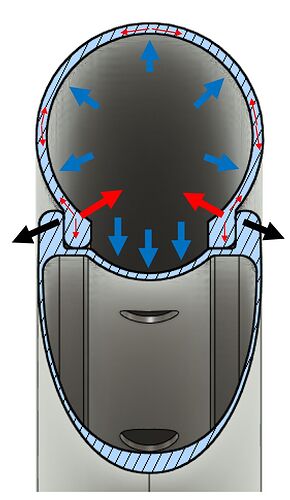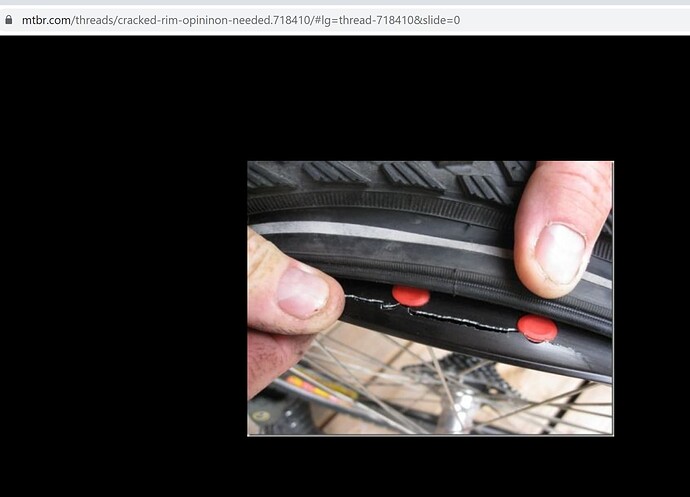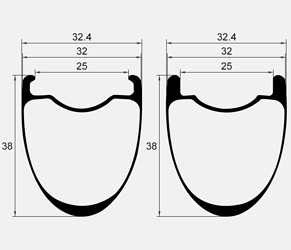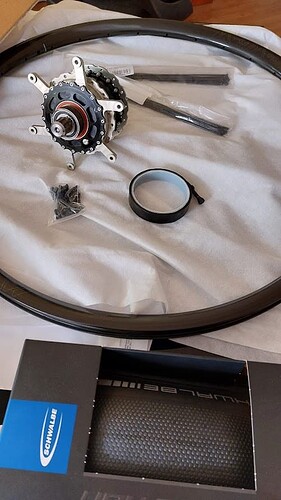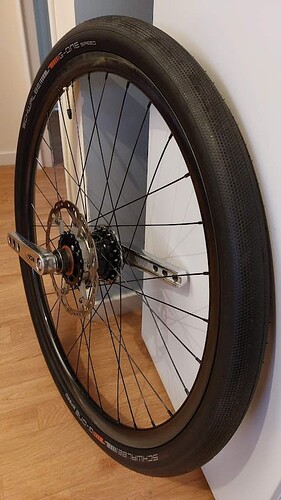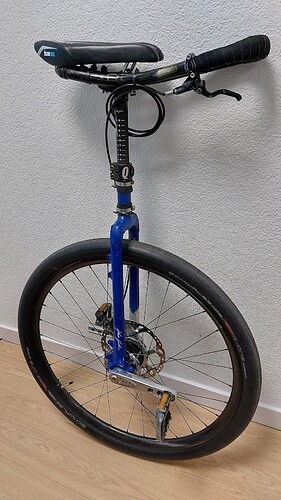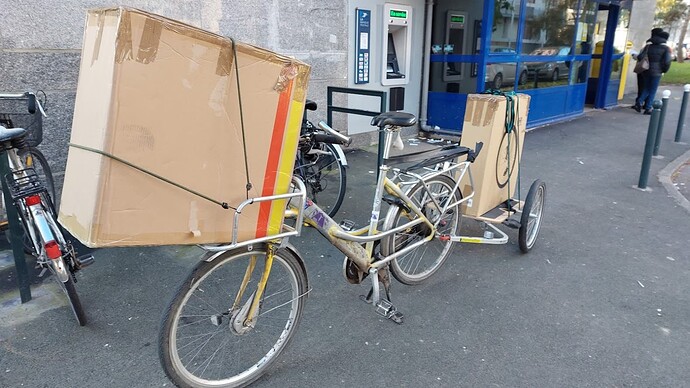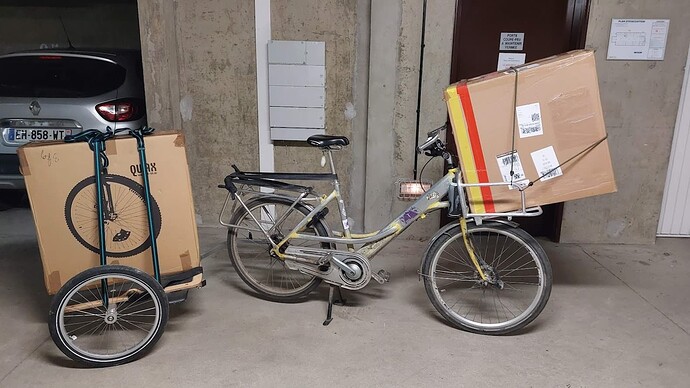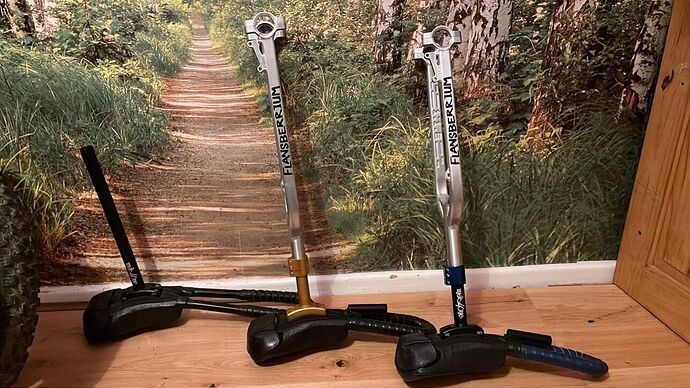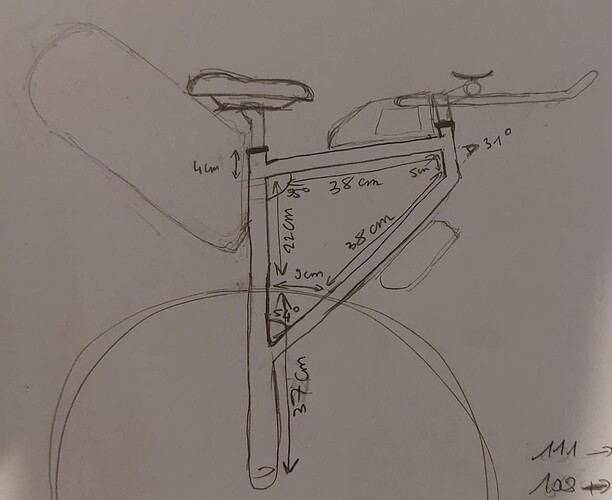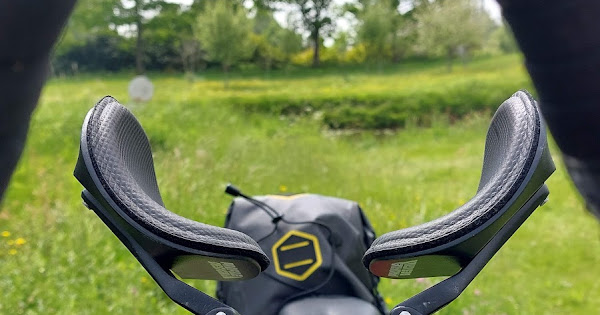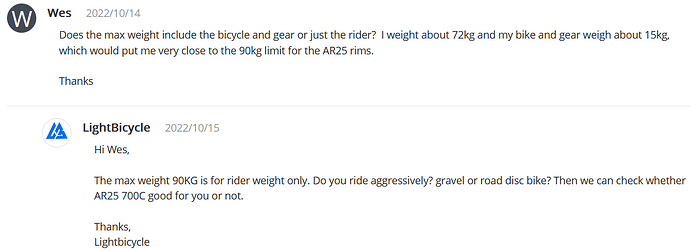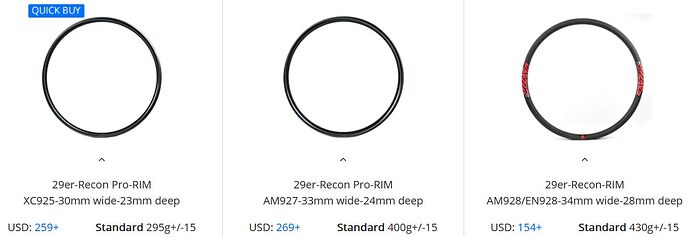I create a new topic to not make more off-topic on the subject of power meters.
First of all some background on the combination of a rim and a 29" tire for road riding.
I had made a similar topic on the French forum a few years ago. The origin was related to numerous schwalbe tire blowouts with the KH 47mm rim.
Most unicycle rims are particularly wide compared to bike rims. Rather designed for extreme off-road use with a wide tire at low pressure.
For road use, these rims can show their limits since the need is to have a rim that holds a high pressure and with a narrower slick tire.
I quote Harrison’s post, there are a lot of interesting references.
For the rims, I rather looked at 25 mm gravel rims with hooks for the good holding at high pressures.
The rim I identified was the lowest and the lightest (and the cheapest). After that, between 35 and 38 mm high, it’s similar. The second one is in the “PRO” series, maybe it’s better. As far as the look is concerned, I prefer the PRO rim. ![]()
I couldn’t find the new rim you were talking about in the store and I finally found the ad for the new gravel and MTB rims. I have the impression that they are very similar, both have an internal width of 24mm, hybrid hooks, asymmetrical profile, announced weight of 250g.
Yes they look perfect (I don’t see what makes them different, maybe it’s the same rim, with 2 names to sell it for gravel and MTB…), but it’s so light… they are 150g lighter than the gravel rims I mentioned. It almost scares me to ride on it.
For the tires, René Herse tires look very good, but they seem to be almost impossible to find in Europe.
I think I’ll go for a g one speed 28x2, I’ve already seen that it’s not the most rolling, but it’s better than a studded tire and it looks pretty durable.
To be continued (I don’t have time to write more).
